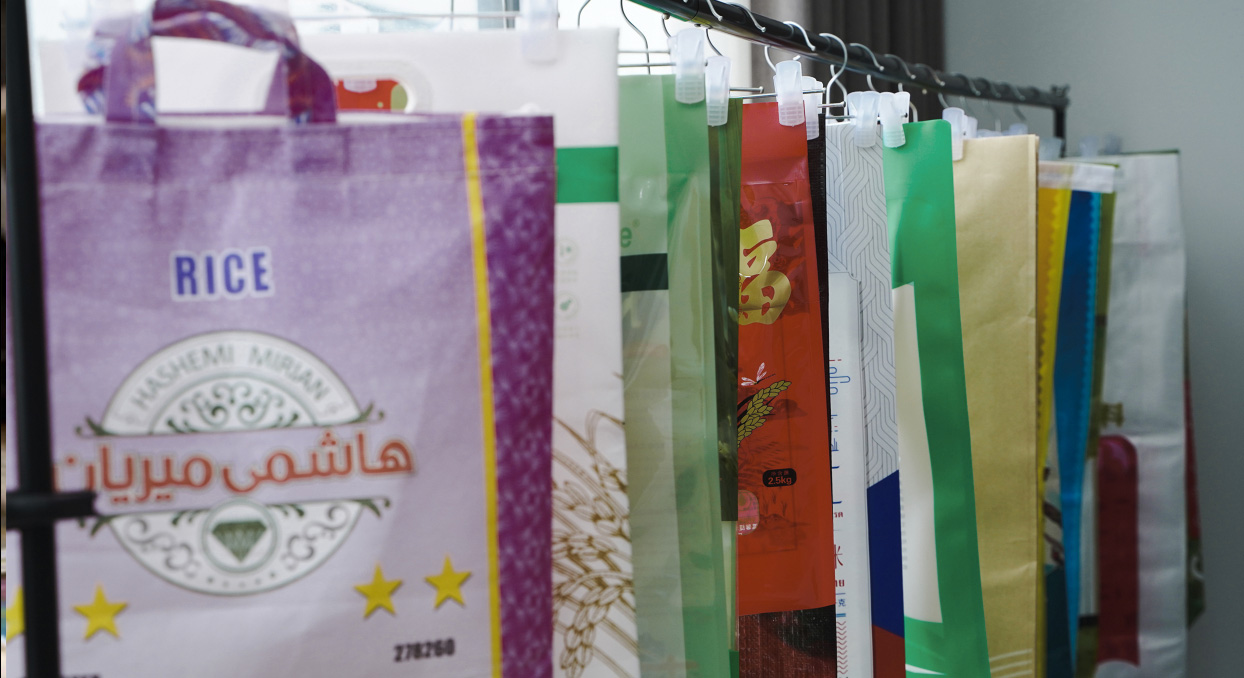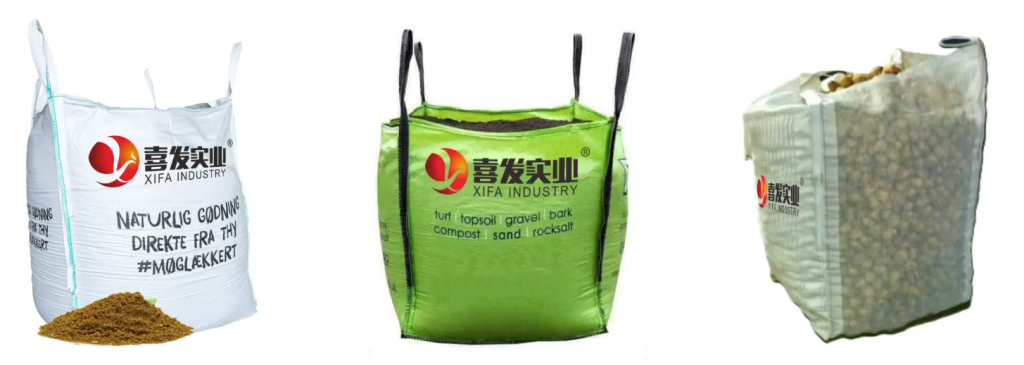In the production of FIBCs, the factor of safety is paramount. On the surface, safety is a consideration when shopping for these bags because you do not want your materials and the bag itself to get damaged, such as during transport.
However, there are two concepts in ensuring they are not just high-quality, but also safe. Those are the safety factor 5:1 and the safety factor 6:1. Do those terms sound too difficult to understand for you? This guide will shed light on these safety factors or SF, covering the following:
– Single-trip safety factor
– Multi-trip safety factor
– When are multi-trip FIBC-Säcke needed?
– How SF impacts cost and compliance
– Get to know XIFA Group and its bags

Prior to learning their differences, it is important that you know what Safe Working Loads are. These loads are the maximum that can be safely accommodated or carried by an FIBC reuse bag or regular bag without risking damage or injury.
For lighter loads, the safety factor 5:1 is used, while it’s the safety factor 6:1 for heavier loads. Think of this as the capacity of your elevators. When the number of people riding elevators is more than the required capacity, serious injuries can occur.
So, single-trip safety factors or the 5:1 safety factor are meant for just one trip or single-use only. Or, holding five times the amount of their SWL. Asking for a single-trip bag to carry seven times the SWL, for instance, is not recommended.

In contrast, bags following the safety factor 6:1 are designed for multiple uses. That means they have the ability to hold six times their rated SWL. But still, you must not use these bags when you intend for them to carry heavier loads.
Also, remember that just because the bag is rated for several uses does not mean you can use it over and over again without adhering with or complying to guidelines. Likewise, the bag must be property clearned, re-conditioned, maintained, and qualified should they be an FIBC reuse bag in the future. Keep in mind as well that no two products in the same application must be used in one type of bag.
Moreover, should you intend to have an FIBC reuse bag with you, the following guidelines must be followed:
Aside from learning those FIBC bag specification pointers, it is also crucial that you know the instances when you should use a multi-trip bag instead.
You need this type of bag when you must transport or store bulk materials several times. These bags are designed and made for repeated use, bearing the safety factor 6:1 or higher, most of the time. So, they must be cleaned regularly to pave the way for multiple use.
Use them for industries such as food processing, chemicals, and agriculture, or industries that handle and transport large quantities of materials.
Multi-trip bags offer finer durability, more cost savings, and stronger environmental benefits by minimizing waste and enhancing logistics efficiency.
Here are the tidbits of information to bear in mind here:
However as well, even if both those types of FIBCs trump each other on their own, there are reminders about proper usage. For 5:1 bags, you should never use them on multiple trips. For 6:1 bags, compliance is also a must-do.
Meet XIFA-Gruppe, our company that manufacturers the best FIBC bags in the industry. We can provide FIBCs that meet the 5:1 and 6:1 standards not only for local customers, but also for our clientele in the Middle East, Africa, and more. We also support one-time or recycling scenarios, and have compliance testing capabilities and complete certifications. Request your quote today.
FIBC BULK BAG FREQUENTLY ASKED QUESTIONS | LinkedIn
Einweg-Großbeutel oder Mehrweg-Großbeutel: Was soll ich wählen?




